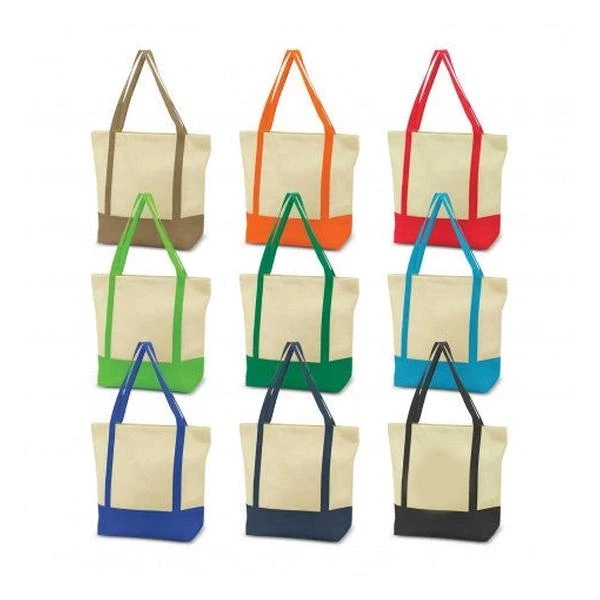What Is The Impact Of Environmental Protection Requirements For Non-woven Shopping Bags On Customization?
The impact of Non-woven Shopping Bag's environmental protection requirements on customization is mainly reflected in material selection, production process, service life, and reusability and degradability.
Material selection
Non-woven shopping bags are usually made of plastic materials such as polypropylene (PP) and polyester (PET). These materials do not produce harmful substances during the production process, are degradable, and are environmentally friendly. However, in order to reduce costs, some merchants may choose to use thin and light materials, which requires clear environmental protection requirements during customization to ensure the safety and degradability of the materials.
Production process
The production process of non-woven shopping bags should focus on environmental protection, avoid the use of harmful chemicals, and ensure that the production environment meets environmental protection standards. This helps to reduce pollution and damage to the environment.
Service life
Through careful design and the selection of high-quality materials, non-woven shopping bags can have a long service life and good load-bearing capacity, suitable for various shopping and transportation scenarios. This reduces the need to frequently replace plastic bags, thereby reducing resource consumption and environmental pollution.
Reusability and degradability
Non-woven shopping bags can be reused, reducing the use of plastic bags. At the same time, their degradability also allows them to decompose quickly in the natural environment, reducing the burden on the environment.
Customized needs
Customers can customize them according to their own needs, including color, size, and brand logo. This not only enhances the brand image, but also makes non-woven shopping bags an effective advertising tool.
In summary, the environmental protection requirements of non-woven shopping bags have a multi-faceted impact on customization, from material selection to production process, service life, and reusability and degradability. Strict requirements are put forward.
